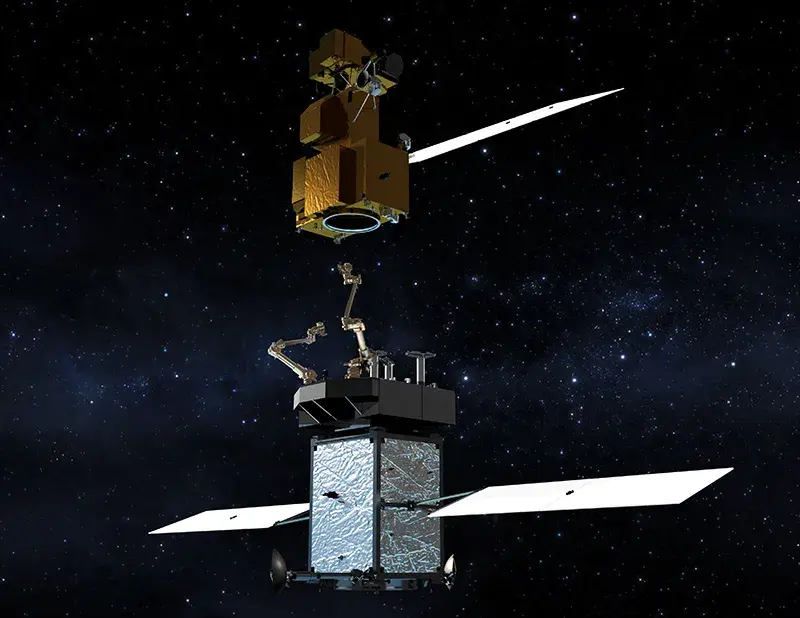What Are the Latest Emerging Space Technologies to Watch?
- rayssiguieesther
- Oct 19, 2024
- 2 min read
Updated: Nov 3, 2024
As the space industry continues to grow, innovative technologies are emerging to tackle challenges and enhance our capabilities. These advancements promise to reshape our approach to space exploration and operations. Here’s a look at some of the most exciting developments on the horizon.
Advanced Propulsion Systems
Traditional chemical propulsion has limitations in speed and efficiency. Future space missions will benefit from advanced propulsion systems like ion propulsion and nuclear thermal propulsion. Ion propulsion uses electric fields to accelerate ions, providing a continuous thrust that can dramatically reduce travel time. NASA's Psyche mission, launched in 2023, will utilise ion propulsion to reach the metallic asteroid Psyche in the main asteroid belt.

Image Credit: NASA
Autonomous Robotics
Robots can operate independently, conducting experiments and performing repairs without direct human intervention. The Lunar Gateway, an upcoming space station orbiting the Moon, will rely on autonomous robots for construction and upkeep, enabling longer missions with fewer crew members.

Image Credit: NASA
Satellite Servicing Technologies
Satellite servicing technologies are being developed to extend the life of satellites and improve their capabilities. This includes robotic arms for repairs, refueling systems, and even upgrading satellite components in orbit. NASA’s Restore-L mission aims to demonstrate satellite servicing by refueling a Landsat satellite, paving the way for satellite life expansion.

Image Credit: NASA
In-Situ Resource Utilisation (ISRU)
In-situ resource utilisation is the process of using local materials for life support and fuel, minimising the need to transport supplies from Earth. Technologies are being developed to extract water from lunar ice and convert it into oxygen for breathing and hydrogen for rocket fuel. NASA’s Artemis program aims to establish a sustainable human presence on the Moon, making ISRU a critical component of future lunar missions.

Image Credit: NASA
Space Habitats
To support long-duration missions, researchers are designing advanced space habitats that can provide safe and sustainable living environments for astronauts. Concepts like inflatable habitats and 3D-printed structures will utilise local materials, reducing reliance on Earth. NASA's CHAPEA (Crew Health and Performance Exploration Analog) project is testing these habitats on Earth to prepare for future missions to Mars and beyond.

Image Credit: NASA
Space Mining Technologies
Technologies are being developed to extract valuable resources from celestial bodies, such as asteroids or the Moon. Mining robots will be designed to identify and harvest materials such as water, metals, and rare minerals. Prospector-1 is designed to extract water and minerals from asteroids, utilising advanced imaging systems and drilling capabilities. This technology could revolutionise resource acquisition in space, enabling sustainable exploration and supporting future human life beyond Earth.

Image Credit: Deep Space Industries
Space Debris Management
As the number of satellites and spacecraft in orbit increases, managing space debris becomes essential. Innovative technologies are being developed to track, capture, and remove debris. Concepts like electromagnetic nets and laser propulsion systems are being explored to mitigate the risk of collisions. The RemoveDEBRIS mission, launched in 2018, tested various debris removal technologies in low Earth orbit.

Image Credit: Clearspace
Next-Generation Space Telescopes
Future space telescopes will push the boundaries of our understanding of the universe. The Nancy Grace Roman Space Telescope will survey the sky to study dark energy, exoplanets, and gravitational waves. Its wide field of view and advanced imaging capabilities promise to revolutionise our understanding of space.

Image Credit: NASA



Comments